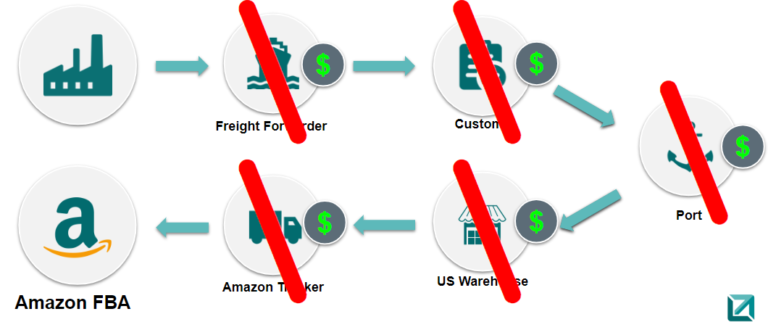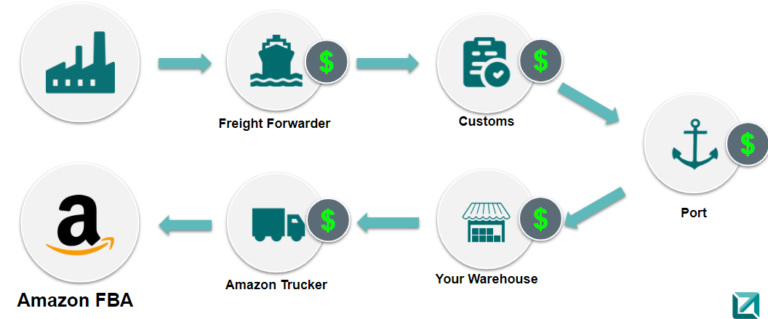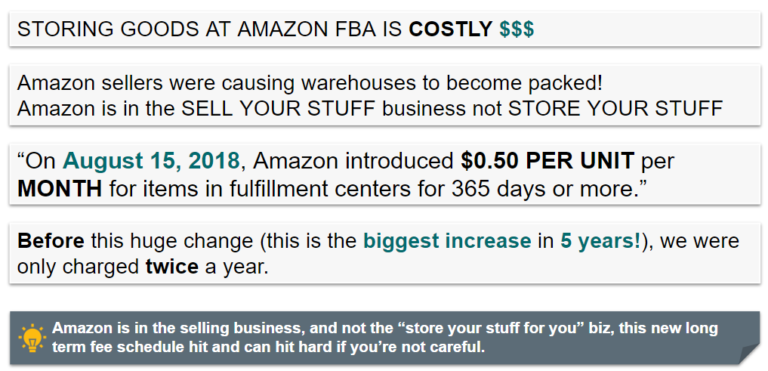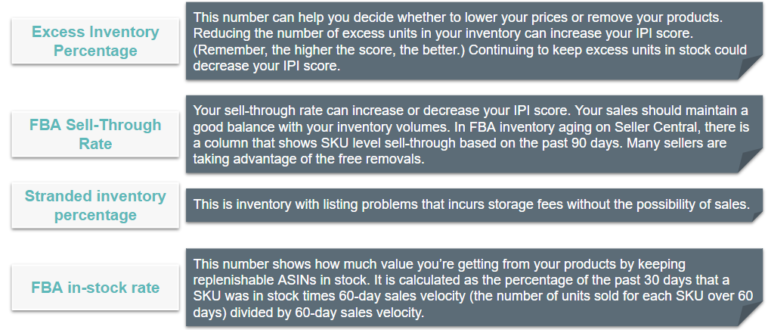5 Biggest Mistakes Amazon Sellers Make When Shipping Into FBA
June 2019
By Maria Guerrero
FBA Mistake #1: Labeling Product
Correctly labeling your product can make a huge difference in your sales. And what we have found is that sellers are losing out on profit through their labeling strategy alone. The fact is that many sellers pay for their products to be shipped from China so they can be labeled in the US. The downside to doing this is that you end up paying more to print labels and waste time by sending your shipment into the US for labeling.
Our Recommendations:
Have your suppliers label your shipment directly in their facility. By doing this, you could be saving 0.19-0.25 cents PER label or even 100% of the total cost that you would spend to print FBA labels in the US.
Additionally, having your products labeled in China means they can be directly sent into Amazon from China. So, you’ll cut out the time and money wasted on importing your shipments into the US from your suppliers.
FBA Mistake #2: Using an Amazon Partnered Carrier
Although it is nearly impossible to beat Amazon’s carrier prices, we have reliable alternatives that will provide you with shorter delivery waiting times and faster replenishment at Amazon FBA.
So why is using your own carrier the most ideal thing you can do?
Most sellers are frustrated or unaware that it can take up to 4 WEEKS for an Amazon-partnered carrier to get your shipment into FBA. Even more, Amazon will always assign you a new carrier for every shipment you have. This can lead to inconsistent shipment pick-ups and longer waiting times for replenishing your product.
AKA you will have no visibility when it comes to sending new shipments into Amazon, as carriers will set up appointments and deliveries when it is most convenient for them, not you or your product. Which is never a good thing—especially when you need to replenish your inventory ASAP!
Our Recommendations:
Find a local trucker to transport your shipment. The benefit of this option is that you get more visibility when it comes to your FBA appointment. Local truckers are more likely to tell you how long the process will take from pick up to delivery, which removes the uncertainty you would get from using an Amazon carrier.


FBA Mistake #3: Palletizing in China
When it comes to getting your products ready for Amazon. They recommend that you palletize your shipment in China. The problem with this is that you are wasting a ton of space if you only have a few cartons filled with your product. Wasting space means wasting profit that could be going into your pocket. About 20%-30% of profit for every container you have, to be exact.
Our Recommendations:
You can deliver a floor-load directly into Amazon from China instead of palletizing your shipments.
FBA Mistake #4: Storing at Amazon
Quick Facts:

With the influx of sellers and items being stored at their warehouses; Amazon has started to increase their storage fees. From January through September, Amazon charges a $0.69 fee for standard-sized products. Which means, on average, sellers can expect to pay $44 per pallet (based on an average 65 cubic feet per pallet) per month in storage fees alone.
These numbers increase even more during Q4. From October-December, Amazon charges $2.40 per cubic feet, meaning sellers can expect to pay $156 per pallet per month in storage fees during the high season.
Our Recommendations:
•Replenish your FBA Inventory as your products sell- it’s unnecessary to send all your inventory at one time
•Maintain a 60-day supply so you won’t pay any FBA storage fees
•If you want to send in a bigger shipment, make sure to stay within a maximum 90-day supply of inventory
•Use a warehouse other than Amazon in order to save money on storage fees. At Tactical, we’ll only charge you $15 a month to store your inventory and there are no added fees for leaving your inventory in long-term storage.
FBA Mistake #5: Ignoring Inventory Performance Index(IPI Score)
Quick Facts:

Our Recommendations:
•Log into your seller account
•Go to your inventory dashboard
•Click “restock inventory” tab, then, click “preferences”
»A window should pop and you will be able to adjust your supplier lead time and reorder frequency. Since Amazon assumes you’ll be replenishing every three months, the default is set to 4 weeks for supplier load time and 8 weeks for reorder frequency.
Adjust these numbers to whatever makes sense for your business. For example, if you sell the most product during a specific holiday once a year, you can adjust your numbers to 27 and 25.
Keep in mind that you cannot input numbers that exceed a total of 52 weeks.
After the change, Amazon will start adjusting your IPI Score to the frequency of your sales and you’ll see a dramatic increase in your score.
**Take note that we only recommend doing this if your score is already below 350 and you are in the red!


